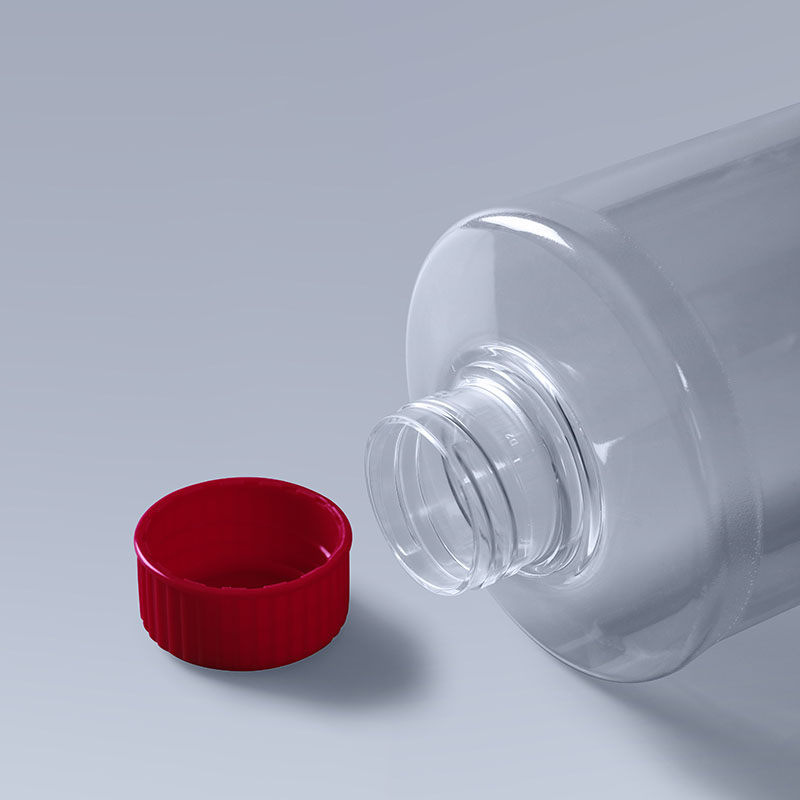As a key cell culture consumable, roller bottles play an essential role in laboratory and industrial-scale production. They are widely used for culturing various biological entities, including animal and plant cells, bacteria, and viruses. Due to their unique design and significant advantages, roller bottles have become indispensable tools in cell culture.
1. Providing Ample Growth Surface Area
The design of roller bottles offers a large growth surface area, which not only accommodates more cells but also ensures adequate nutrient supply. In cell culture, sufficient growth space promotes higher cell proliferation rates and supports greater cell density, thereby improving overall culture efficiency.
2. Gentle Rotation to Prevent Component Impact
Another major advantage of roller bottles is their gentle rotation feature. This rotation mechanism effectively mitigates any adverse effects that certain components in the culture medium may have on cell growth. By continuously rotating, the medium is evenly distributed, reducing sediment formation and localized concentration fluctuations, thus maintaining a stable growth environment. This design optimizes growth conditions and enhances overall cell health.
3. Simple Observation and Monitoring
Using roller bottles allows users to easily monitor cell growth without complex digestion steps. The bottle can simply be removed from the roller apparatus and placed under a microscope for observation. This streamlined process reduces handling steps, increasing experimental efficiency. Users can monitor cell growth in real time, adjust culture conditions promptly, and better control the cell growth process.

4. Optimized Nutrient Supply and Metabolite Collection
Roller bottles provide a larger nutrient supply per unit of growth area, supporting healthy cell growth and metabolic activity. The design enables cells to access ample nutrients across a greater surface area, promoting the secretion of metabolites. For experiments requiring metabolite collection, this design enhances collection efficiency and optimizes experimental outcomes.
5. Simple Operation and Cost-Effectiveness
Roller bottles are easy to operate, making them suitable for various lab and production settings. Their intuitive design reduces the need for complex technical handling. Additionally, with their high efficiency and relatively low production cost, roller bottles offer significant economic advantages, making them an affordable choice for research and industrial production.
By providing a large growth surface area, gentle rotation to prevent component impact, easy observation and monitoring, optimized nutrient supply and metabolite collection, and simple, cost-effective operation, roller bottles play a crucial role in cell culture and industrial production. These high-quality consumables not only increase cell culture efficiency but also streamline production processes, making them an ideal choice for large-scale cell production.
The FAI climbed 5.9 percent year-on-year in the first 11 months of 2018, quickening from the 5.7-percent growth in Jan-Oct, the National Bureau of Statistics (NBS) said Friday in an online statement.
The key indicator of investment, dubbed a major growth driver, hit the bottom in August and has since started to rebound steadily.
In the face of emerging economic challenges home and abroad, China has stepped up efforts to stabilize investment, in particular rolling out measures to motivate private investors and channel funds into infrastructure.
Friday's data showed private investment, accounting for more than 60 percent of the total FAI, expanded by a brisk 8.7 percent.
NBS spokesperson Mao Shengyong said funds into weak economic links registered rapid increases as investment in environmental protection and agriculture jumped 42 percent and 12.5 percent respectively, much faster than the average.
In breakdown, investment in high-tech and equipment manufacturing remained vigorous with 16.1-percent and 11.6-percent increases respectively in the first 11 months. Infrastructure investment gained 3.7 percent, staying flat. Investment in property development rose 9.7 percent, also unchanged.
 English
English


















































